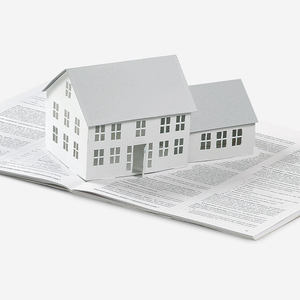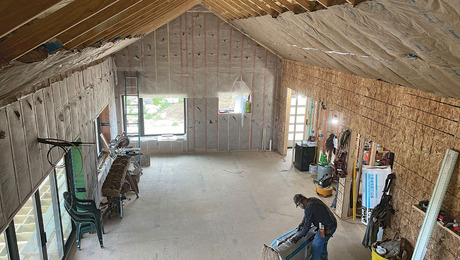On Building Second Homes
The CEO of this worker-owned building company explains how second homes help finance affordable homes on Martha's Vineyard.
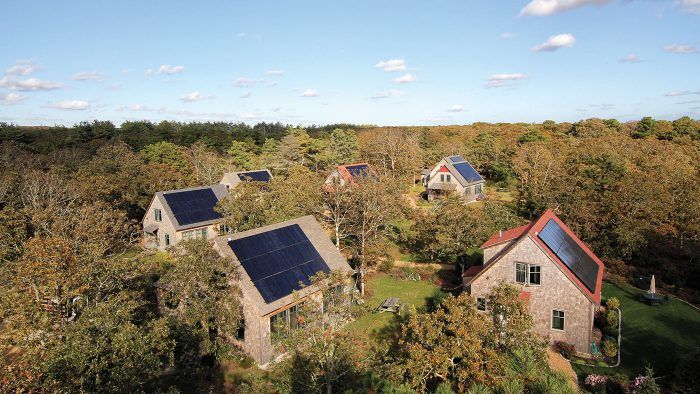
“How can you justify devoting so much time and energy to building vacation homes for rich people?”
It’s a good question, and one that I’ve heard often during my nearly 50 years on Martha’s Vineyard. In resort communities, many don’t have a first home. They’re scrambling to find stable housing while more than half the houses sit empty much of the year. That’s a problem. And in light of our climate crisis, the significant materials and energy dedicated to building and operating those houses compounds the problem.
When I came here in the 1970s, designing and building homes was so thrilling that I was content to build anything that developed new skills and knowledge. Working with head and hands gave me great pleasure; the idea that people would pay me to do it felt like a bonus. After a few years, however, the joy of the work and the satisfaction of the results were no longer enough. By then, second homes had become a staple of our company, South Mountain, and my colleagues and I began to ask ourselves how we could justify this work.
The answer came in 1980. It began with a phone call from a woman named Madeline, who asked if I would look at a piece of land with her. She was a 60-year-old librarian whose husband had recently died. They had no children, and they had always lived in rented apartments. Her dream was to own property. She had $7000 in cash. A real-estate agent showed her a lot priced at exactly that, but her friends advised against buying it due to its topography and location.
The steeply sloping parcel was adjacent to the main road from Vineyard Haven to Edgartown. Traffic on the road was noisy and constant. The property faced due south toward a beautiful little valley. Except for the proximity to the road, it was lovely. I suggested an earthbermed, partially underground house and told her we could design the noise of traffic right out of the picture. She was excited. She bought the lot.
At about the same time, I was approached by a single mother who owned property in West Tisbury and wondered whether we could build a house she could afford. Her budget was too small, but we had heard that the Farmer’s Home Administration was providing 1% loans to those with low and moderate income. We hoped to bundle a nice passive-solar house for Cathy and the earthbermed house for Madeline, but we learned that the Farmer’s Home fixed-expenditure cap did not take into account either the Vineyard’s high construction costs or the long-term energy savings our houses would realize. We applied anyway.
We created plans for simple, compact houses and submitted them to Farmer’s Home with a request that the mortgage limit be increased (from $40,000 to $48,000) on each house because of the energy savings, which we analyzed and documented. After a little bureaucratic wrangling, the increase was approved. Unfortunately, it still wasn’t enough to build the houses, unless we cut our overhead and profit to nothing and reduced our labor rates to below cost. Additional subsidies were needed.
Enter David and Pat Squire, who had purchased land in Edgartown and designed a second home with a Boston architect. They asked if we would be interested in bidding on the construction, and I told them that South Mountain built only those projects that we designed and that we didn’t bid on construction projects. They persisted, and a radical thought occurred to me: What if we gave the Squires a bid that had an explicit “premium” built in to subsidize the two Farmer’s Home houses? I shared the idea with the Squires, and they invited us to submit such a bid.
Our bid, one of three, was roughly $40,000 more than the next highest. They chose us nonetheless, and we built their house. We also built the two small houses for Madeline and Cathy by making up the shortfall with our extra earnings from the Squire project. Dreams came true, and mortgage payments were under $200. The Squires’ philosophical alignment with our purpose led them to become strong supporters of affordable-housing efforts on the Vineyard. Years later, when the Island Affordable Housing Fund was established to raise money for affordable housing, David became an important board member.
That was the first and only time that South Mountain inflated the cost of a project to support affordable housing efforts, but the experience inspired an idea that shaped the future of our company. If we could become a reasonably profitable enterprise, we could devote a portion of our earnings to affordable-housing work for our community, and we could engage our wealthy clients in the issue.
At that point, the work of building second homes became meaningful. From then on, I often told new clients that they could count on me to ask them, in the future, to help with the Vineyard’s affordable-housing problem (which they exacerbate, of course). I have done that now for 40 years, and the response has been heartwarming—millions of dollars donated for attainable year-round housing.
Building second homes also allowed us to experiment and take risks. One of these occurred in 1987 when, in response to a request from two long-time employees for a greater stake, I sold South Mountain to my employees (and myself). We became a worker-owned cooperative and began to introduce new values to our business activities. For example, we committed to the creation of lifelong living-wage jobs and family-first policies, such as flexible work arrangements and stellar benefits. We began to codify our commitment to our community by donating to essential nonprofits and engaging in pro-bono work. We became a triple-bottom-line company long before we’d ever heard the term, measuring our success not just by our profits but also by our effects on people and the planet.
Our journey since then has been influenced by many others, but particularly by Patagonia, the outdoor clothing and gear company that has become the gold standard for corporate social and environmental responsibility. Just like our second homes, many of Patagonia’s products are nonessential. Not everyone needs a pair of $300 ski pants or a lifetime wetsuit. So the company balances that reality with its social and environmental contributions, its political advocacy, and its important innovations, such as pioneering the use of organic and recycled cotton, and buying back old garments to refurbish and resell for far less than new ones.
Inspiration from Patagonia and others, combined with our own cantankerous sense of justice, has helped South Mountain become at once a profitable business, an active agent of community change, and a supporter of the local economy that supports us.
Today our second-home work is unusual in several ways. First, we restrict the size of the houses we are willing to build. Only on rare occasions, on very large parcels, have we designed and built houses over 3500 sq. ft.
We also use our second-home work for de-facto research to advance the building industry, especially with regard to energy performance, comfort, health, and durability. By experimenting with the homes of our well-to-do clients, we’ve learned a lot about high-performance building. As a result, we set minimum performance standards for our buildings that are well above code. We mostly produce buildings that are net-zero possible and fossil-fuel-free. We use reclaimed materials extensively and are beginning to reduce embodied carbon (a work in progress, with net-zero carbon as the ultimate goal).
By elevating performance standards, we make models that others can emulate and that we can incorporate in our affordable-housing work. For us, truly affordable housing differs from luxury housing in only three ways: It’s smaller, it’s less detailed, and it’s differently financed. The performance and quality are uncompromised.
Perhaps the biggest step we have taken with our second-home work is doing less of it. Over time, we diversified South Mountain’s work into five parts; here’s a rough breakdown over the past year in terms of dollars per category:
- Limited-use second homes: 10%
- Year-round, fully occupied homes: 20%
- Attainable workforce housing: 10%
- Institutional work for nonprofits: 35%
- Solar for homes and businesses not built by us: 25%
This is only one year, and it happens to be a year with an uncharacteristically small amount of second-home work, but it indicates a direction: less harm, more good. Causing no harm is impossible—we are part of the problem too—but we share our experiences and hope others will join our push to turn some of the negative impacts of building into positive benefits for communities and the environment.
An added benefit of our business practices is that the second-home clients we attract tend to share our values. We love working with them. They go from being clients to becoming partners in our efforts to make the Vineyard a better place. Many have become friends for life. The rewards of this work and these relationships have become deeply ingrained in our core purpose.
John Abrams is the CEO of South Mountain Company, a worker co-op and B Corp in the process of transitioning to second-generation leadership.
From Fine Homebuilding #305
RELATED LINKS
- Building Better Affordable Homes
- Passive-House Standards for Everyone
- Community Effort Makes More Homes More Affordable
Fine Homebuilding Recommended Products
Fine Homebuilding receives a commission for items purchased through links on this site, including Amazon Associates and other affiliate advertising programs.
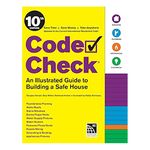
Code Check 10th Edition: An Illustrated Guide to Building a Safe House
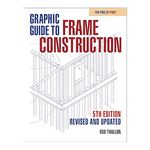
Graphic Guide to Frame Construction

All New Bathroom Ideas that Work








